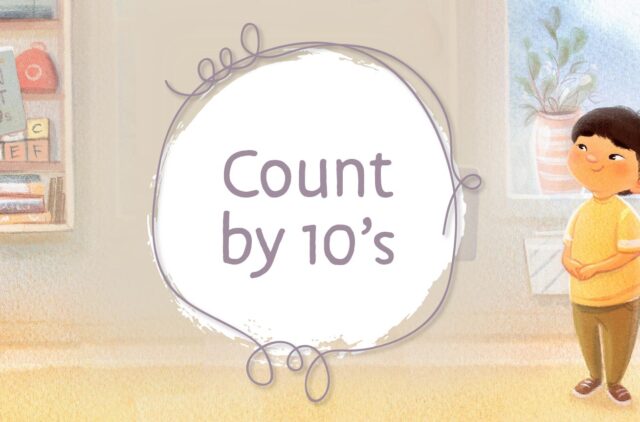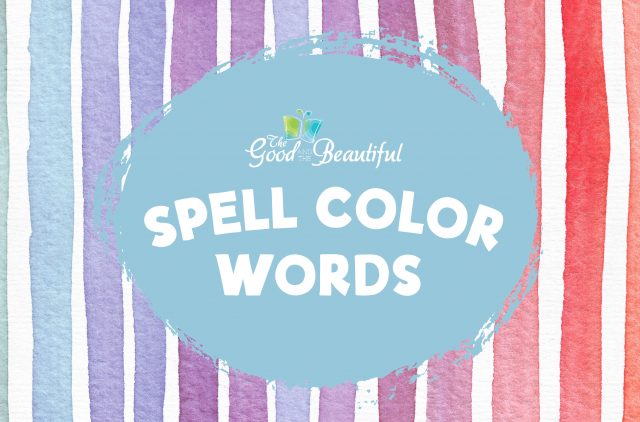An easy way to identify types of trees is by looking at tree bark! To identify a tree, look at the color and surface texture of its bark. Learn about different species of bark below and how to do a tree-bark rubbing.
Download our free (and beautiful) tree bark poster and matching game for kids!


How to Identify Trees by Bark Characteristics
- Beech bark is light gray with a smooth surface.
- Cherry bark is shiny and brown or gray colored with reddish-brown deep grooves that resemble tiger stripes.
- Aspen bark is green-white as a result of its chlorophyll, and it has dark, diamond-shaped openings.
- Silver birch bark is shiny with a white, paperlike outer layer that easily peels off the trunk.
- Hickory bark is gray and flaky with ridges in its texture.
- Scotch pine bark is typically thick and grayish or reddish around the base of the tree, gradually becoming more orange and flaky toward the top.
- Ash bark is smooth and pale gray in saplings, and mature trees have diamond shapes.
- Oak bark can be light gray to near black. It has deep fissures and ridges, giving it a scaly look.
- Sycamore bark is thin and flaky. It looks like camouflage because of its mottled appearance.
- Sequoia bark varies based on the tree’s age. It begins as a gray (even purplish) color and then becomes a reddish-brown color as the tree ages. The bark is soft and has long, vertical plates.

Tree Bark Rubbing
Bark rubbing is a fun and simple activity that reveals the textures and patterns of a tree’s surface. As children complete this activity, they will see the detailed characteristics of the tree’s bark, such as grooves and ridges.
It’s fun to connect with nature while experiencing a new art technique!
Supplies
- Crayons with the paper peeled off (jumbo sized works best for small hands)
- Copy paper
- Pushpins or tape (optional)
Procedure
- Hold, pin, or tape a piece of paper against the bark of a tree.
- Use the side of the crayon, not the tip, to rub over the paper.
- Repeat this process with different parts of the same tree trunk or with additional trees.
Discuss and reflect
- What stands out to you, or what do you notice in your tree rubbings?
- How are the barks similar or different?
- Does the bark appear smooth or rough?
- Did you get different patterns and textures from the same tree, or did the pattern remain the same?

Don’t forget to download our tree bark poster and fun matching game—they’re perfect to take with you as you explore the many amazing trees in our world!
You may also like . . .
















Comments
We’re in the tropics so kids have no connection to the types of trees in the game/poster.
We’re so glad that we can provide this resource for you and your family, Heidi!
Just so you know, within the homeschool app, the link to download doesn’t work.
Thank you for bringing this to our attention, Aubrae! We encourage you to email [email protected] for assistance as it is working on our end. You might want to try restarting your device to see if that will help. We hope you enjoy the course!
I Would like to download the activity for lesson 4 Tree Bark, but the app is not allowing me to do it
We’re sorry to hear about the difficulty you are having with the free download, Yaiza! The link for the free download was tested and appears to be working. You might want to try a different browser or device for the download. We hope this helps and that you continue to enjoy the app!
I am not able to open up this activity to print: the tree bark
Hi Ashley! We’re sorry you’re having trouble with the tree bark download. You may need to clear your browser history and/or cache. We would also recommend trying a different browser or device. We hope this helps!
As a Nature Based Educator, I love this activity